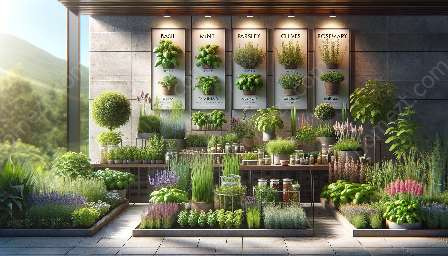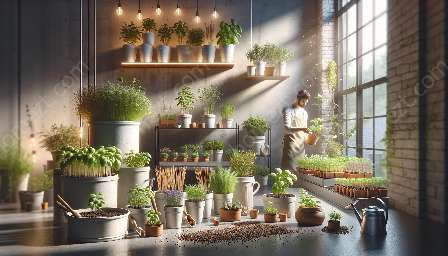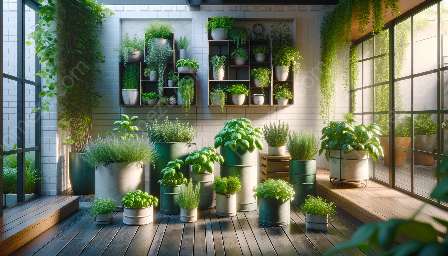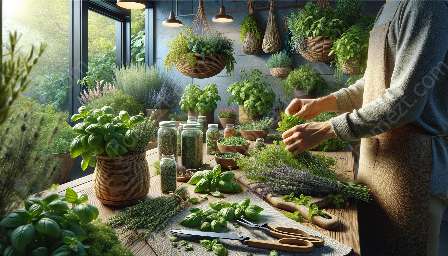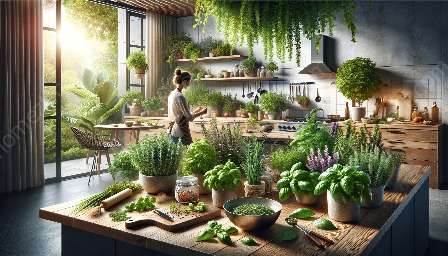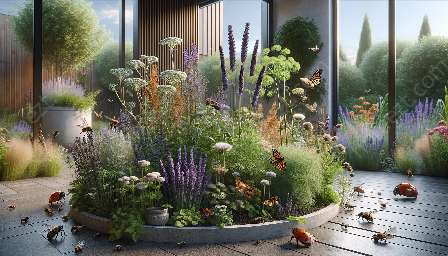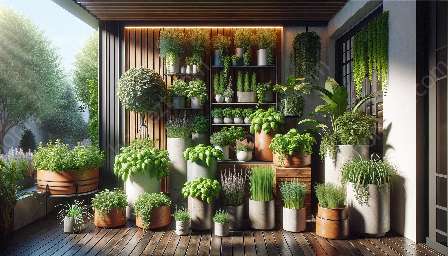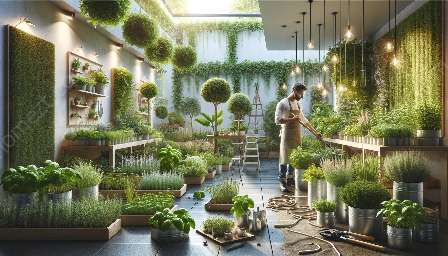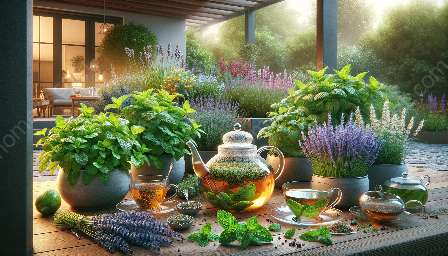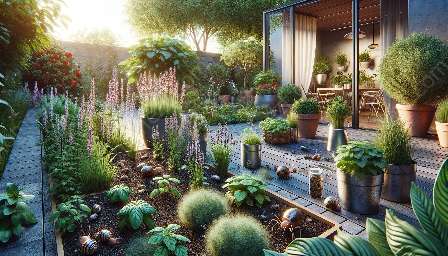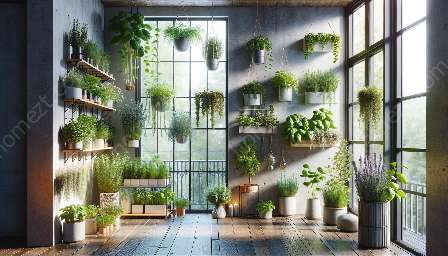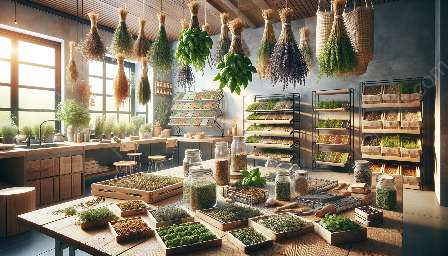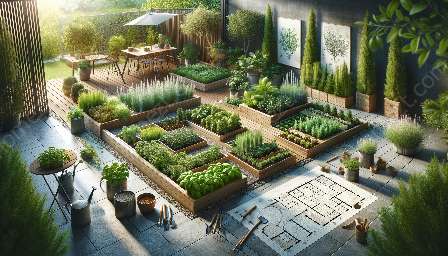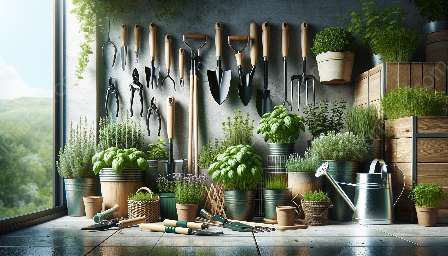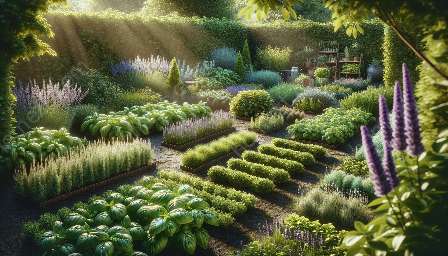Introduction:
Herbs are a mainstay in many gardens, adding fragrance and flavor to any landscape. Understanding how to properly dry and store herbs will help you preserve their freshness and maximize their culinary and medicinal benefits. In this comprehensive guide, we will explore various herb drying and storing methods, along with tips for maintaining a flourishing herb garden alongside your gardening and landscaping endeavors.
Part 1: Herb Drying Methods
Air Drying:
Air drying is the oldest and most traditional method of preserving herbs. To air dry herbs, tie small bunches of herbs and hang them upside down in a well-ventilated area away from direct sunlight. The process may take a few weeks, but it preserves the essential oils and flavor of the herbs.
Oven Drying:
For a quicker drying method, consider using your oven. Place herbs on a baking sheet and bake on the lowest temperature setting for about 2-4 hours, depending on the herb type. This method is ideal for herbs with low moisture content, such as oregano and thyme.
Dehydrating:
A food dehydrator offers a controlled environment for drying herbs. Follow the dehydrator's instructions for the specific herbs you are drying. Dehydrated herbs retain their color and flavor exceptionally well.
Part 2: Herb Storing Methods
Glass Jars:
Choose glass jars with airtight seals to prevent moisture and air from affecting the dried herbs. Label the jars with the herb name and date of storage for easy identification.
Freezing:
Another effective method for storing herbs is freezing. Puree the herbs with a small amount of water or oil, and then freeze them in ice cube trays. Once frozen, transfer the herb cubes into resealable freezer bags for long-term storage.
Vacuum Sealing:
Vacuum sealing locks in the freshness and flavor of dried herbs. Use a vacuum sealer to create airtight packages for easy storage and preservation.
Part 3: Maintaining a Flourishing Herb Garden
Location and Soil:
When creating an herb garden, choose a sunny spot with well-drained, fertile soil. Herbs thrive in soil with good drainage and a neutral pH level.
Pruning and Harvesting:
Regular pruning and harvesting are essential for promoting healthy herb growth. Remove any yellowing or dead leaves, and trim the herbs to encourage new growth.
Companion Planting:
Companion planting can help protect your herb garden from pests and enhance the growth of your herbs. For example, planting garlic near roses can deter pests that feed on the roses.
Conclusion:
By implementing the proper herb drying and storing methods, you can extend the shelf life of your culinary and medicinal herbs, ensuring that they remain fresh and flavorful. Additionally, integrating these techniques into your herb gardening and landscaping practices will contribute to a thriving and bountiful herb garden, enhancing the beauty and fragrance of your outdoor space.


